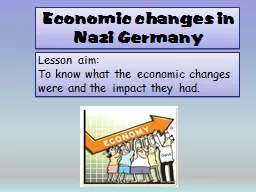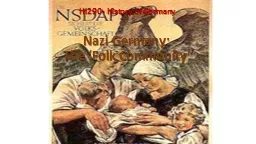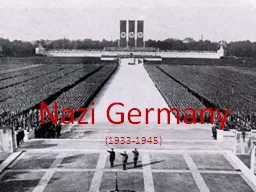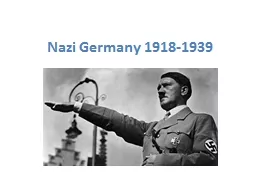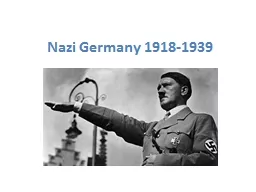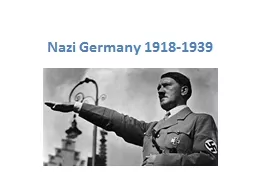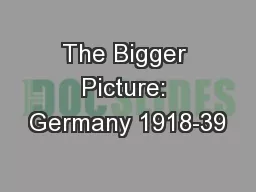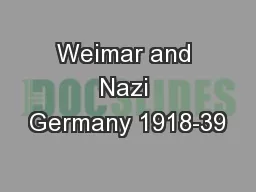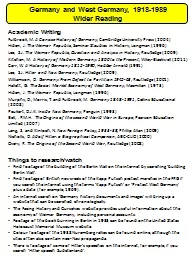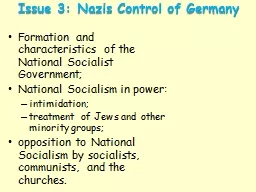PPT-Economic changes in Nazi Germany
Author : briana-ranney | Published Date : 2018-11-05
Lesson aim To know what the economic changes were and the impact they had Learning objectives I will be able to describe Nazi attempts to reduce unemployment
Presentation Embed Code
Download Presentation
Download Presentation The PPT/PDF document "Economic changes in Nazi Germany" is the property of its rightful owner. Permission is granted to download and print the materials on this website for personal, non-commercial use only, and to display it on your personal computer provided you do not modify the materials and that you retain all copyright notices contained in the materials. By downloading content from our website, you accept the terms of this agreement.
Economic changes in Nazi Germany: Transcript
Download Rules Of Document
"Economic changes in Nazi Germany"The content belongs to its owner. You may download and print it for personal use, without modification, and keep all copyright notices. By downloading, you agree to these terms.
Related Documents

